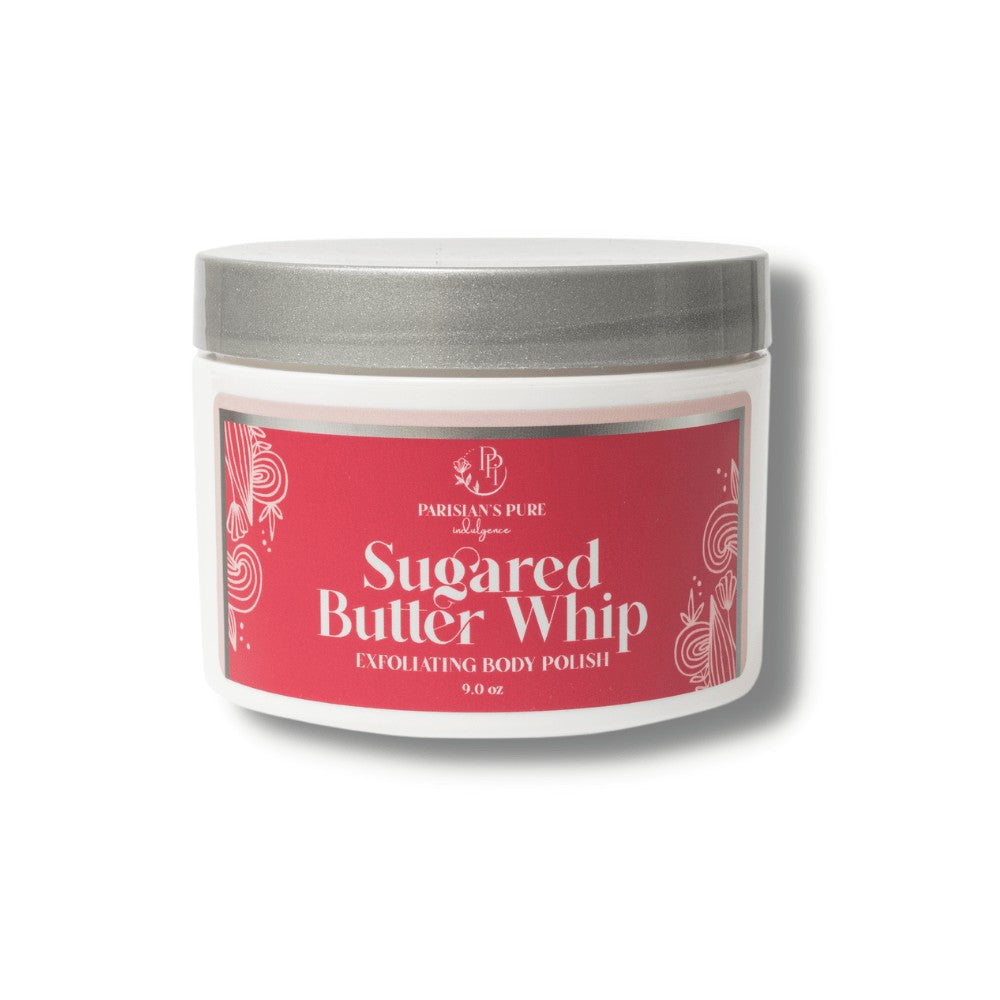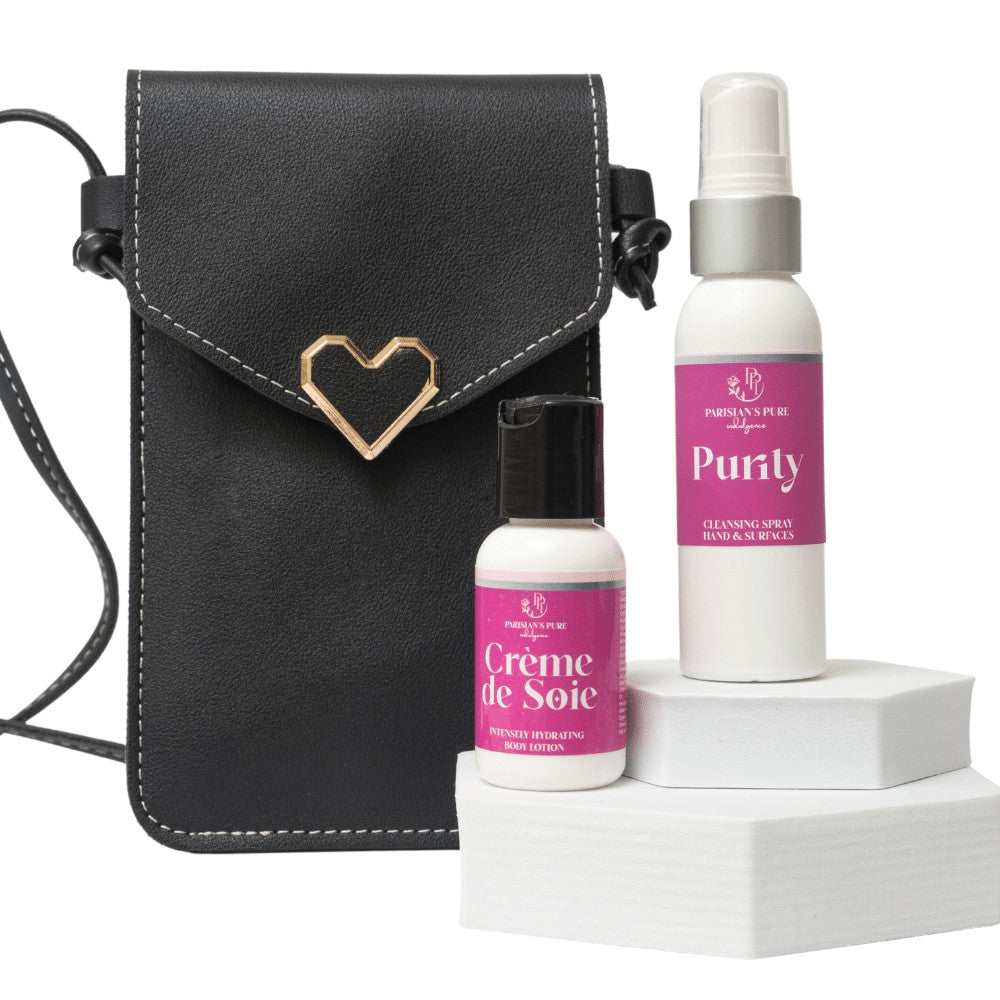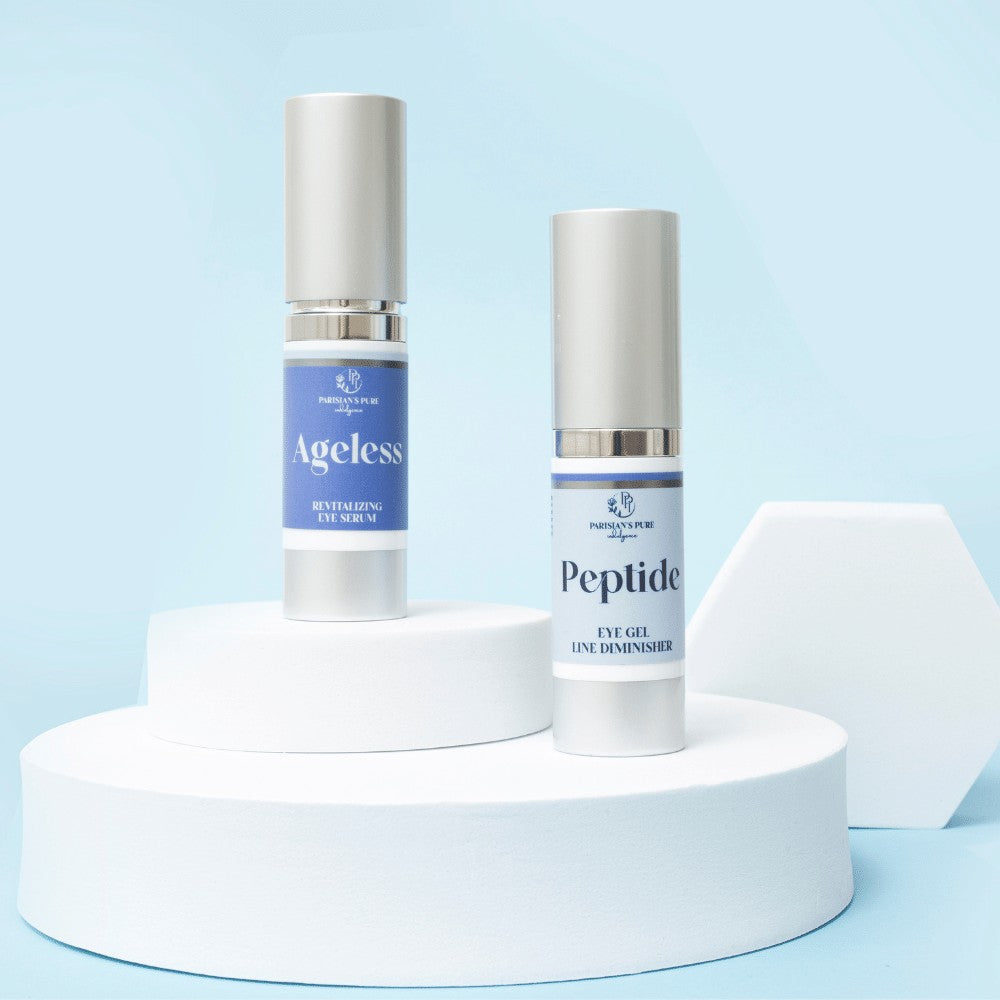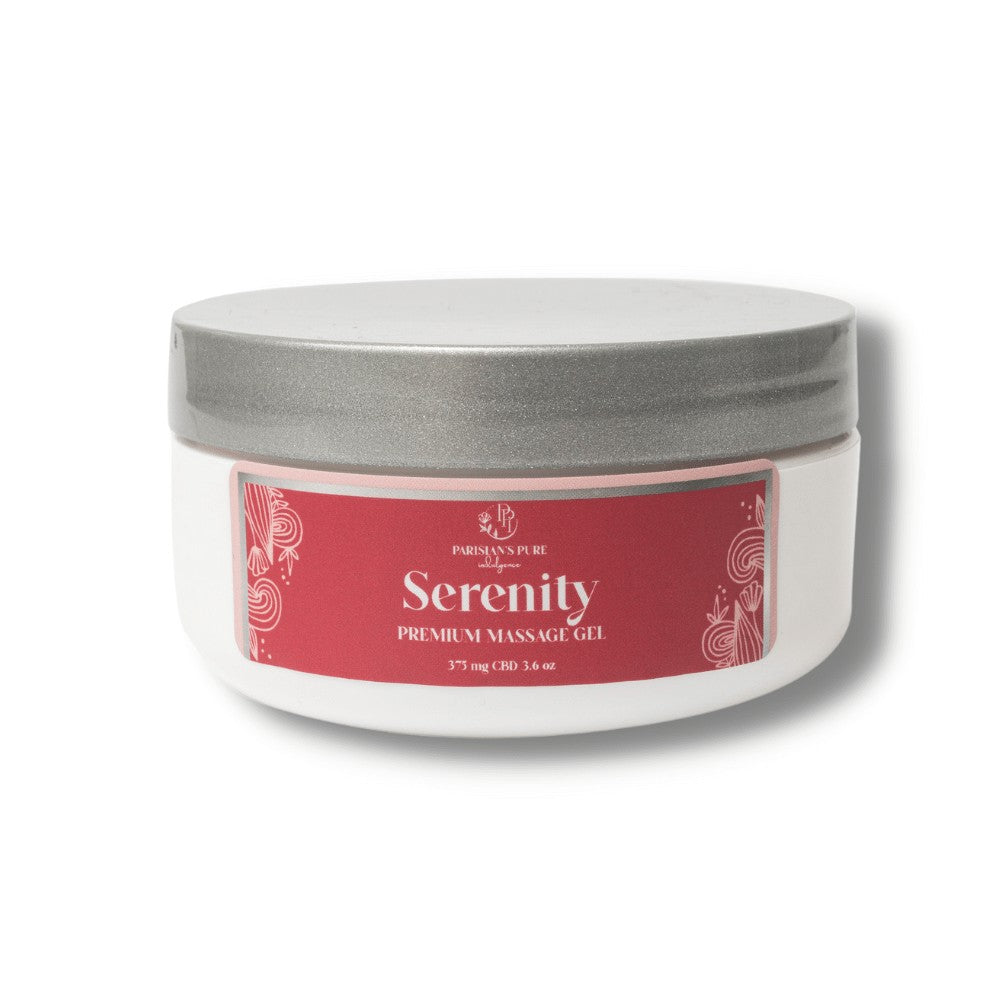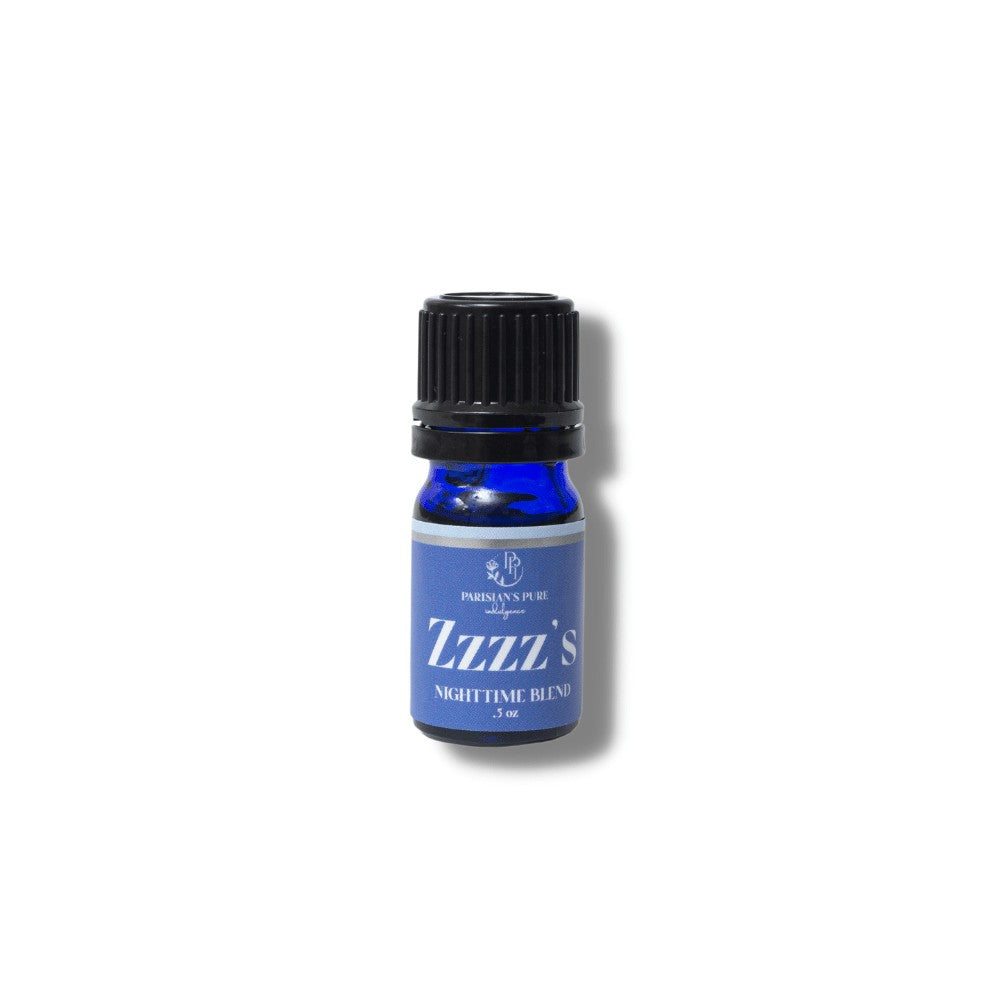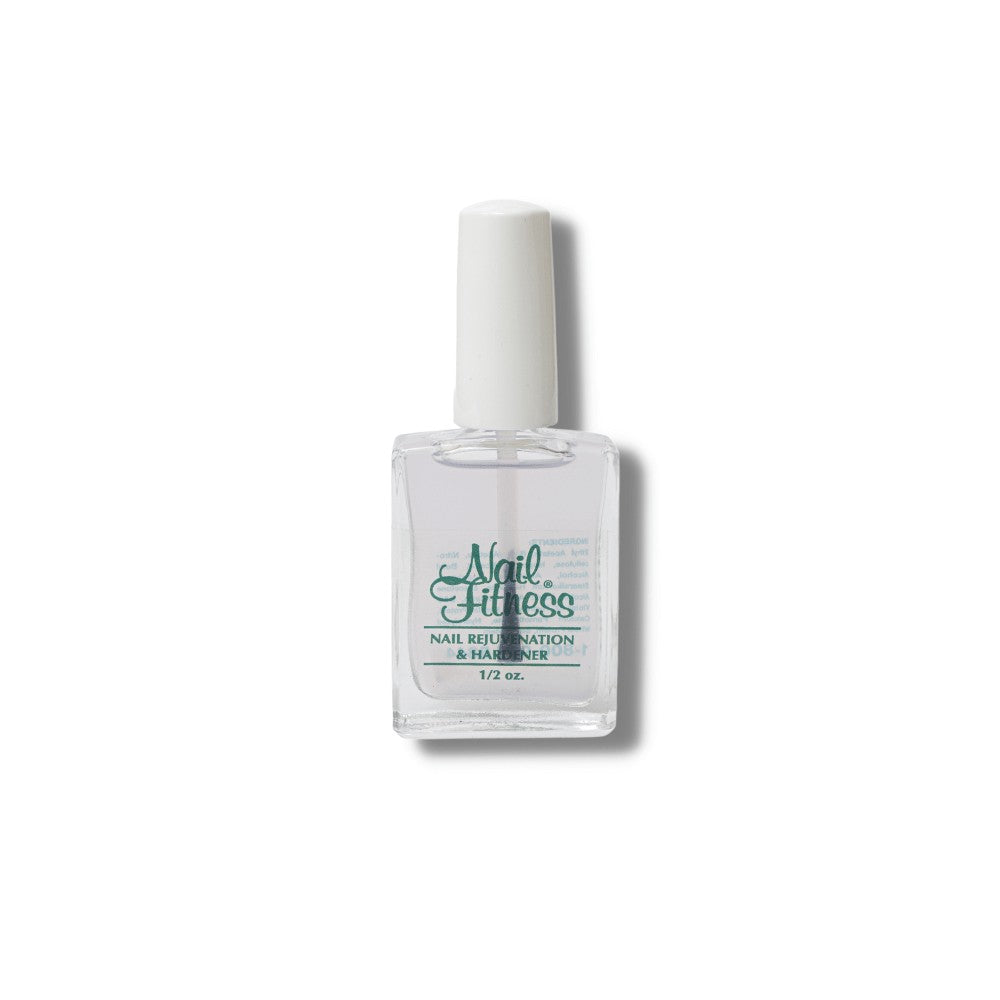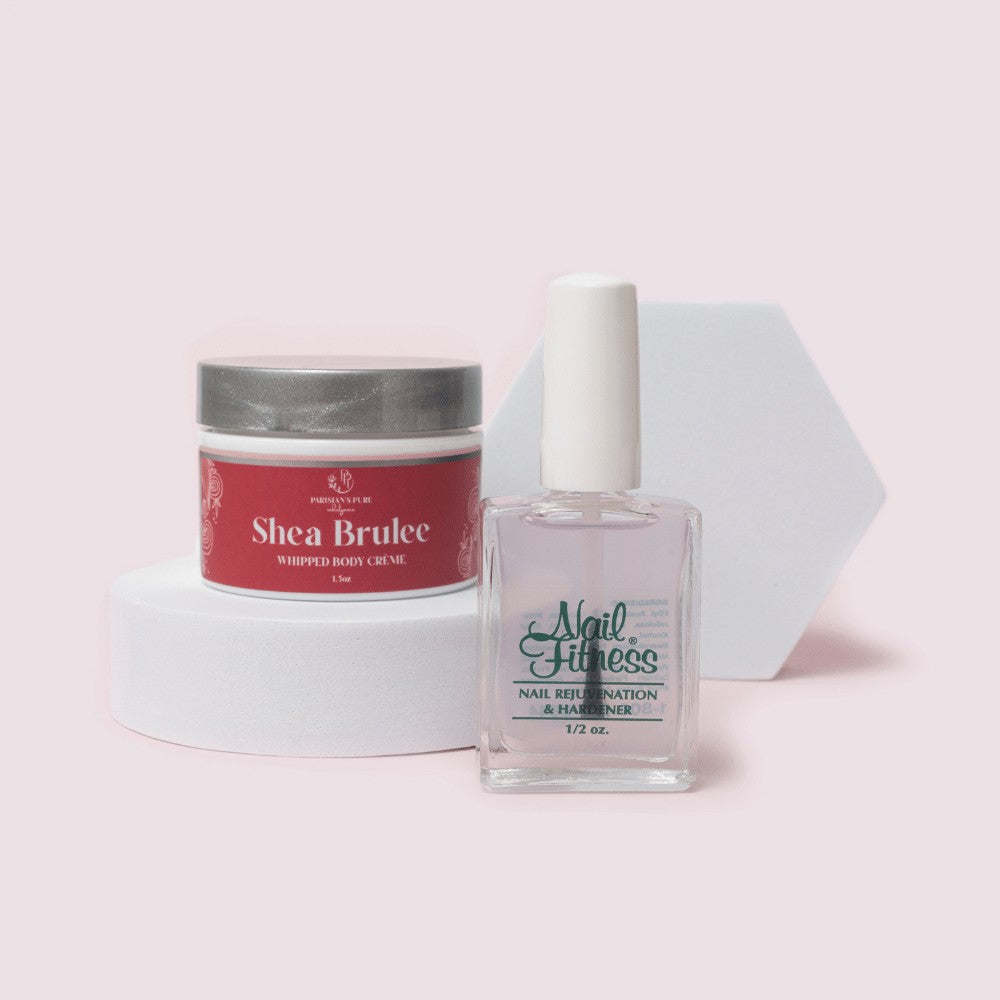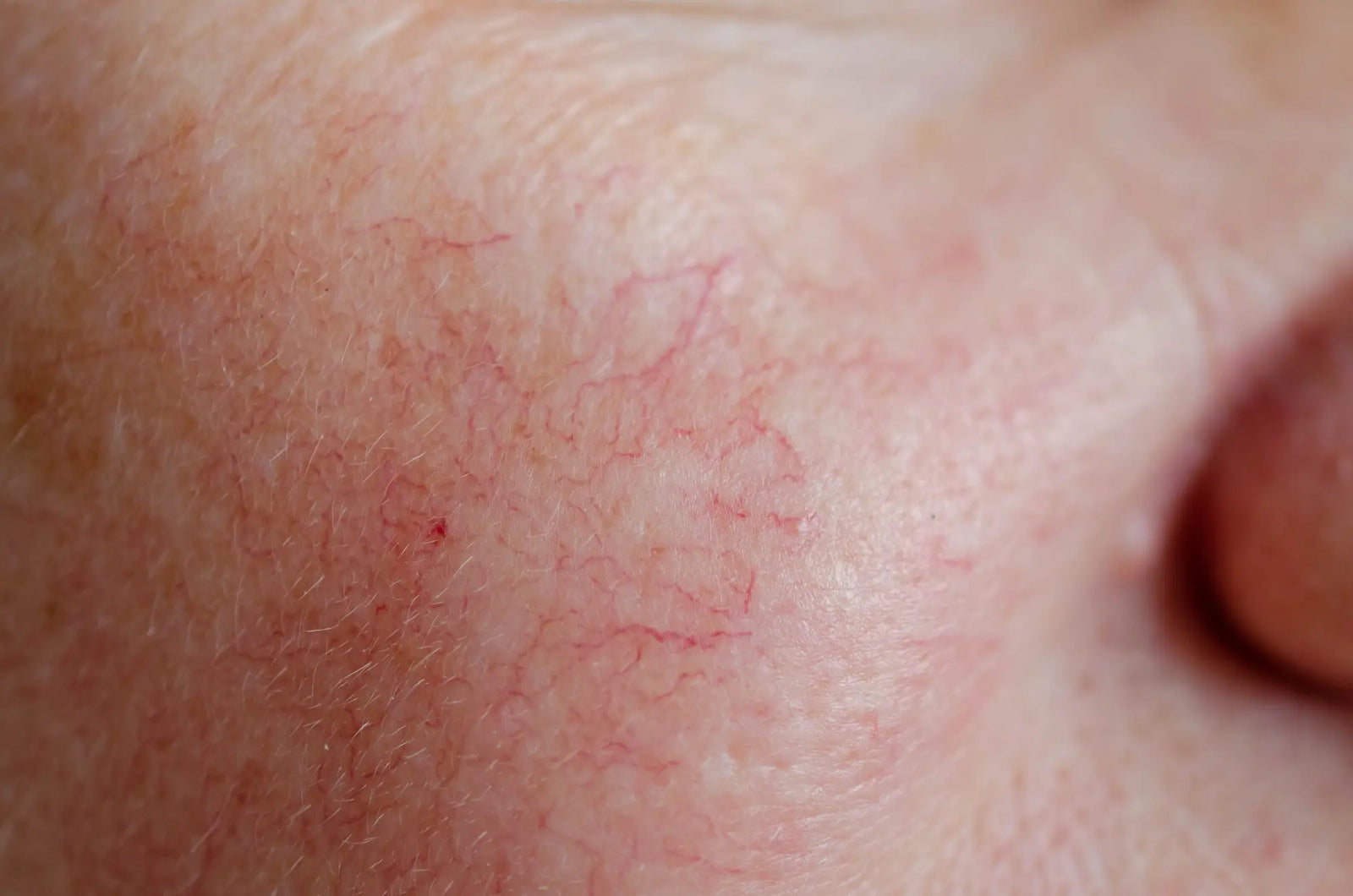Broken Capillaries On Your Face
If looking in the magnifying mirror and discovering a stray hair or two isn't bad enough, now you notice tiny little spider veins on your cheeks and nose.
Broken capillaries happen to the best of us and can appear from several causes.
•long term sun damage
•excessive exfoliation and microdermabrasion treatments
•rosacea
•prolonged hot showers or face washing with hot water
•genetics
•aging and the thinning of our skin
•excessive alcohol consumption
What to do about broken capillaries on your face?
It can be confusing to determine the differences between lasers. But, here's a great start if you're considering laser therapy to treat broken capillaries, wrinkles, redness, or sun damage.
IPL - Intense pulsed light treatment. While referred to as lasers, in fact, they are not.
IPL uses a broad spectrum of light with multiple wavelengths to treat age spots, sun damage, broken capillaries, and rosacea.
Moxie, Halo, Yag (Ebrium), Co2, are all different types of lasers being touted today. Watch the video below to learn more about the differences in lasers.
While there are many brands of lasers, it basically comes down to Ablative or Non-ablative lasers.
Ablative lasers remove surface layers of skin, telling the body to create a healthy new layer of skin, and stimulate collagen production in deeper layers of the skin. While ablative lasers provide more extensive skin rejuvenation, they require a longer recovery period than non-ablative lasers.
I've learned for deep wrinkle reduction CO2 lasers (ablative) are the gold standard. But, there can be side effects (infection mostly) and the downtime is significantly longer.
Non-ablative lasers treat the deep layers of skin without breaking its surface. A non-ablative laser can also stimulate collagen production deep within the skin. Lasers of this class tend to work slowly and may require multiple treatments to achieve the desired results.
Fractional lasers - A fractional laser uses light beams that are further apart than other lasers, so a smaller portion of the skin's surface is affected, resulting in less downtime. A Fractionated laser is somewhere in-between an ablative and non-ablative type laser in terms of the amount and depth of skin that is treated.
Sclerotherapy - Once performed only on the legs and ankles, today it's used on veins in the chest, arms, back and even our face.
In Sclerotherapy, a proprietary type solution is repeatedly injected into the veins. Upon application of the solution, the blood vessels lining swells and adheres together. Eventually, the vein is absorbed into the body.
Do skincare products work for broken capillaries on your face?
If caught early, broken capillaries caused by lifestyle can be reduced with hero skincare ingredients like Vitamin C and Retinol. Vitamin C supports collagen synthesis in both the skin and the capillary walls.
It's important to commit to using these hero ingredients daily. A great Vitamin C Serum is the best way to deliver this key ingredient.
Does Retinol help with broken capillaries?
Absolutely! If multiple laser treatments aren't for you, consider skincare products that boast Retinol as a key ingredient.
Vitamin A-based treatments can help fade broken capillaries, as they promote skin cell turnover and increase the production of collagen.
By increasing the amount of collagen in the dermis, retinoids can thicken the skin, making broken capillaries less visible.
Realistic expectations
If you've had broken capillaries for more than 9-12 months or they are caused by rosacea, you'll get better and faster results with a laser treatment.

